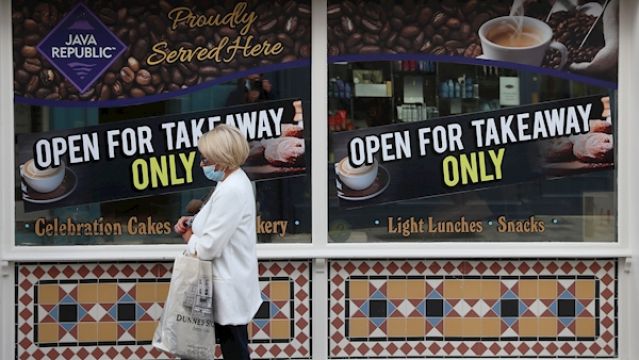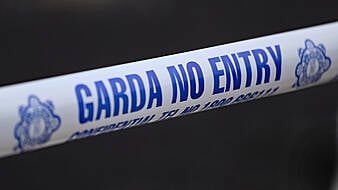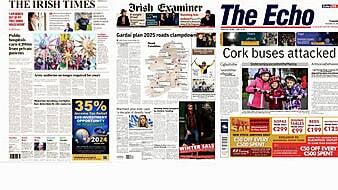Last week, the National Public Health Emergency Team (Nphet) recommended moving to Level 5 of the Covid-19 restrictions framework for six weeks.
Donegal, Cavan and Monaghan have already moved to Level 4 restrictions, while Northern Ireland is now under tighter restrictions with schools closed for two weeks and much of the hospitality sector closed for at least four weeks.
In Cavan, the 14-day incidence rate per 100,000 population is 824.4, the highest in the Republic. In Meath, it now stands at 490.1 and in Monaghan at 364.9. The next highest counties are Donegal at 347.4 and Sligo at 329.6.
BpmnC
Derry City and Strabane council area remains one of the worst hit in the UK and Ireland, with a case incidence rate of 1,728.4 per 100,000 people over the last 14 days.
That is almost double the next highest rate, which is 989.8 per 100,000 in Belfast.
The North’s chief scientific adviser, Prof Ian Young, told BBC Radio Foyle last week that “almost certainly there were one, two, maybe three what we call super-spreader events” in the Derry and Strabane area where somebody who was particularly infectious came in contact with a large number of people.
cAYD5
The latest data shows that case numbers in Dublin have been rising slowly for the past two weeks with the incidence rate now at 232.3 per 100,000 people, just below the national rate in the Republic of 261.7 and lower than 16 other counties.
Within the city itself, infection rates vary. Dublin North West, an area that covers Smithfield, Phibsborough, Finglas and Blanchardstown, has the highest rate currently, with 326.5 cases recorded per 100,000 people over the last fortnight.
Dublin South, which covers Blackrock, Dún Laoghaire, Stillorgan and Shankill, has a rate of 96.3 cases per 100,000.
9l5rQ
The Cabinet is meeting later on Monday to sign off on the new measures for the Republic.
An announcement is expected to be made by Taoiseach Micheál Martin late on Monday evening.







